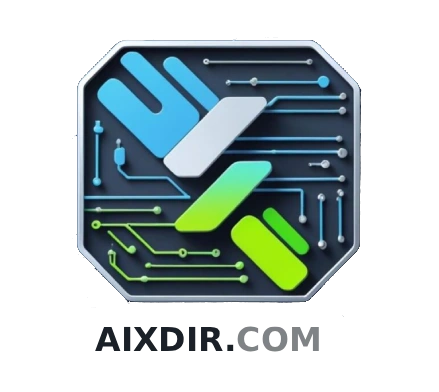Tool Information
ChartGPT is an AI tool designed to generate charts and answer data-centric questions. The tool serves as a personal data assistant, guiding users through data exploration. Users can select a dataset from a list of sample datasets or request a specific dataset or use case. However, it should be noted that the tool is still in an early access version and the model's performance is being improved, bugs are being found and more features and datasets are being added. Users can provide feedback and bug reports to help with the improvement process. ChartGPT provides a sample dataset, namely Decentralized Exchange Trades, containing transaction data across L1 and L2 blockchains, which is updated periodically. Users can select a sample question or enter their own question to obtain an answer. It is important to note that due to limits on OpenAI's API, the tool is currently using GPT-3.5 instead of GPT-4, which may result in inconsistent or less reliable results. ChartGPT is made with Streamlit.
F.A.Q
ChartGPT is a tool designed to generate charts and answer data-centric questions. It serves as a personal data assistant to guide users through the process of data exploration.
ChartGPT assists with data visualization by generating charts based on input data. These visualizations make data interpretation more intuitive, allowing users to better understand patterns and trends within their dataset.
While the exact dataset choice optionality is not specified, ChartGPT offers the ability to select a dataset from a list of provided samples. It is also indicated that users may reach out for specific datasets or use cases, suggesting that some degree of dataset customization is possible.
The information about the current version is unclear. Although it is specified that the tool is in the early access version, no particular numerical iteration is given.
ChartGPT is still in the early access version as its performance is being improved. Bugs are being found and resolved, and new features and datasets are being added to refine the tool and enhance its capabilities.
Feedback or bug reports for ChartGPT can be provided through a linked Typeform embedded on their website.
Yes, ChartGPT comes with pre-loaded datasets. One such sample dataset provided is called 'Decentralized Exchange Trades'.
The Decentralized Exchange Trades dataset in ChartGPT is a dataset of transactions across L1 and L2 blockchains. The dataset appears to contain transaction data from various blockchain projects and their versions.
The Decentralized Exchange Trades data is updated periodically, as stated on their website, but no specific frequency or timing for these updates is provided.
ChartGPT is using GPT-3.5 instead of GPT-4 because of limits on OpenAI's API. The team is actively resolving this with OpenAI support.
Yes, there are known reliability issues with ChartGPT's responses. This is particularly due to its current use of GPT-3.5 instead of GPT-4, which may result in inconsistent or less reliable results.
The decrement in ChartGPT's reliability is a major limitation that has come as a result of the limits on the OpenAI API, leading it to use GPT-3.5 instead of GPT-4.
Yes, within ChartGPT you have the option to enter your own question for analysis.
The processing of questions in ChartGPT is not explicitly described. However, given its stated functionality, one can infer that it uses AI algorithms to extract meaningful insights from the entered question.
Yes, users can request a specific dataset or use case with ChartGPT. This can be done by reaching out as indicated on their website.
Users seeking support with ChartGPT are directed to reach out via the Typeform link provided on their website.
Despite mentioning the 'data exploration guidance' feature, the specifics of how ChartGPT guides data exploration are not detailed on their website.
Streamlit is a tool used to create interactive, data-centric web applications. In the context of ChartGPT, it is likely the framework used to build the tool's web application interface.
Yes, JavaScript needs to be enabled to run ChartGPT. This was stated explicitly on their webpage.
L1 and L2 refer to types of blockchains in the Decentralized Exchange Trades dataset. The specific definition and differences between L1 and L2 blockchains are not provided within the given data.
Pros and Cons
Pros
- Personal data assistant
- Data exploration guidance
- Option to select datasets
- Sample datasets provided
- Custom dataset requests possible
- Continuous tool improvement
- User feedback accepted
- Bug reporting system
- Includes blockchain transaction data
- Sample questions provided
- Custom question submission
- Resolves data-centric questions
- Builds data charts
- Built with Streamlit
- Performance being improved
- Additional features being added
- Updated datasets periodically
Cons
- Early access version
- Performance needs improving
- GPT-3.5 instead of GPT-4
- Limited dataset selection
- Inconsistent results
- Frequent updates required
- Relies on user feedback
- Limited API functionality
- Specific to data exploration
- Made with Streamlit only
Reviews
You must be logged in to submit a review.
No reviews yet. Be the first to review!

